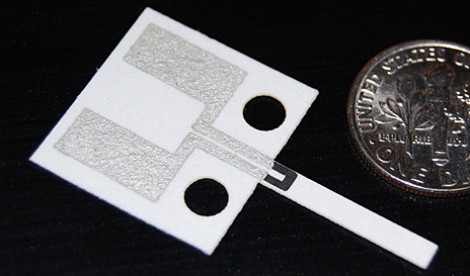
This collection of model vehicle hacks adds obstacle avoidance in an attempt to make them autonomous. At the front end you’ll find two PCBs which use IR approximation to monitor the road ahead. We’re not familiar with this particular use of these IR receivers (TSOP1738) which we’re used to seeing in remote control receiver applications but if recent posts are any indication we think you’ll enjoy the use of a 555 timer on each of those boards.
The rest of the hardware is pretty common, a PIC 16F628 does the thinking while an L293D h-bridge drives the motors. Alas, we didn’t find a video, or even a description of the finished project. But there are full schematics, board layout pictures, and the code for both this vehicle and a second Tank version.
[Thanks Pieter]
















